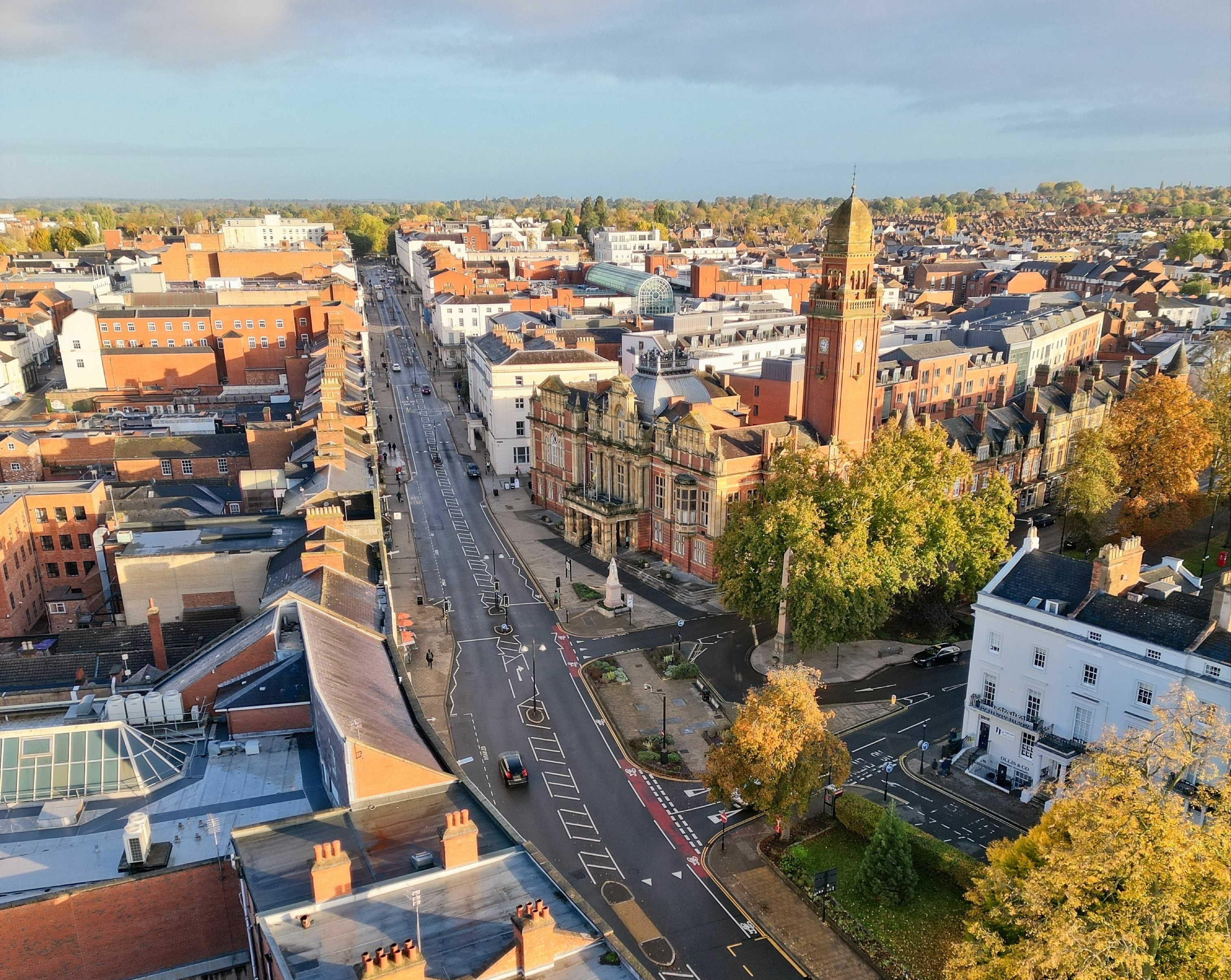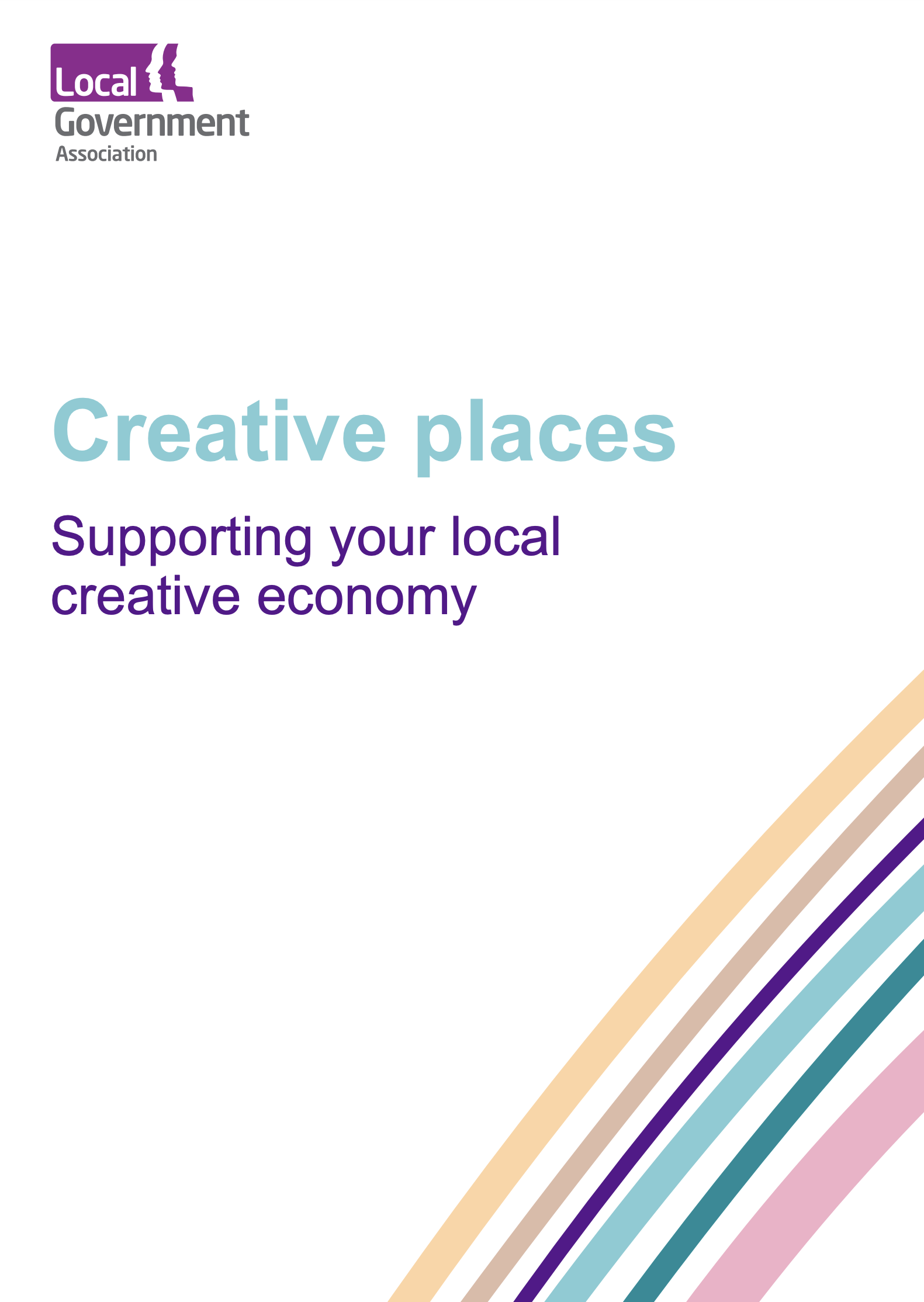
Outcomes
Creative places - supporting your local creative economy
The definitive guide for local authorities to designing local and regional cultural and creative economy public policies and sector-led strategies – co-designing with stakeholders, focused on achieving social, economic and environmental benefits, based on evidence
Download the guideThe Project
The Local Government Association wanted to help its members – England’s ‘local authorities’ (councils) – to develop policies to support their local and regional creative economies – including the arts, culture and heritage sectors, both for-profit and non-profit.
What we produced needed to be something practical that could be used, rather than a report that was read once. Officials and elected members who were not specialists in the cultural or creative sectors were the key audience. It needed to help make the case and gain support for policies – as well as designing them.
Our Solution
Our guide to local authorities (councils) to designing local creative economy policies and strategies:
- Maps the different parts of the creative economy – including the arts, culture and heritage sectors, for-profit and non-profit
- Explains how to collaborate and co-design – rather than just consulting – with national, regional and local stakeholders, recognising the importance of partnerships with the sector locally and policymakers and sector bodies nationally
- Shows how to use research and evidence to make social, economic and environmental outcomes central from the start – and how to monitor and evaluate the delivery of these benefits as policies and strategies are implemented
- Sets out the range of policy levers available as a kind of toolkit from which to build the policies and strategies
By speaking to many local authorities, we captured best practice as case studies within a framework covering the range of:
- Types of local authorities – eg combined, mayoral, unitary…
- Localities – coastal, rural, metropolitan…
- Creative and cultural sub-sectors
- Policy levers used
- Desired social, economic or environmental outcomes
To make sure it covered the breadth of for-profit and non-profit organisations, public third sector and private investment, from design and architecture to museums and theatres, we involved sector bodies from across all the cultural and creative sub-sectors.
Project Impact
- Until now, the LGA refers to our guide as ‘the way to do it right’ when it comes to developing local and regional cultural and creative policies and strategies
- TAA, other consultancies and agencies and local authorities have used the guide’s approach and methodologies to create multiple cultural sector and creative economy policies and strategies – securing extra funding and support for the sector (such as for Tees Valley Combined Authority)
- It has formed the basis of ongoing collaborations with the LGA and multiple local authorities including events encouraging local authorities to include cultural and creative initiatives within bids to central government funding and the Creative Place Forum that we run jointly with the Creative Industries Council
Work with us
If you would like us to produce a practical guide for your organisation, please get in touch.
Get in touch

